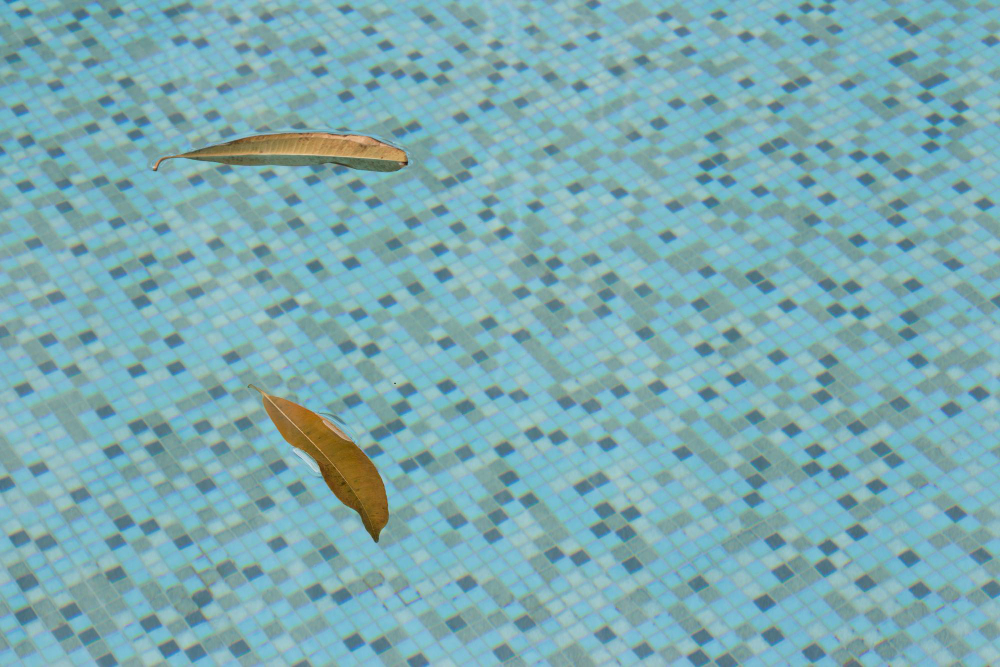How to Care For Your Pool After a Storm

Storms can wreak havoc on your backyard oasis, leaving debris, dirt, and contaminants floating in your formerly pristine pool. Post-storm pool care is crucial to restore the balance of chemicals, protect pool equipment, and ensure a safe swimming environment. In this blog post, we'll guide you through the essential steps to care for your pool after a storm. If you're based in Jacksonville, FL, and require professional assistance, contact All Phase Pool Remodeling for expert pool renovation and maintenance services, complete with free estimates.
Assess the Damage
Safety First
Before you start cleaning, prioritize safety. Power lines might be down, and broken glass or sharp objects could be hidden beneath storm debris. Ensure that the area is secure before proceeding with pool care.
Check for Structural Damage
Inspect your pool for cracks or damage that may have occurred during the storm. Look for signs of erosion around the pool edges, loose tiles, or damage to the deck. If you notice any significant structural issues, pause your cleaning efforts and contact a professional service for pool renovation in Jacksonville, FL.
Remove Debris
Skim Surface Debris
Use a pool skimmer or net to remove leaves, branches, and other debris from the pool surface. This prevents them from sinking and clogging your filters.
Vacuum the Pool
Once you've cleared the surface, use a pool vacuum to remove debris from the bottom of the pool. This will help prevent staining and maintain the cleanliness of your pool.
Clean the Surroundings
Clear away debris and clutter from around the pool area. Trim any branches or foliage that may have been damaged during the storm to prevent future debris from entering the pool.
Check and Clean Pool Equipment
Inspect the Pool Pump and Filter
After a storm, your pool pump and filter may become clogged with debris. Turn off the power supply before inspecting the equipment. Remove debris from the pump basket and clean or backwash the filter to ensure proper filtration.
Examine the Pool Heater and Other Equipment
Check your pool heater, chlorinator, and any additional equipment for damage. If you notice any issues, consider contacting a professional for a thorough inspection and repair.
Test and Balance Water Chemistry
Test the Water
Storms can introduce contaminants that disrupt your pool's chemical balance. Use a pool test kit to measure the levels of chlorine, pH, alkalinity, and calcium hardness.
Adjust Chemical Levels
After testing, adjust the chemical levels as needed. Add chlorine to sanitize the water and prevent algae growth. If your pH level is off, use pH increaser or decreaser to bring it back to the ideal range of 7.4-7.6. Adjust alkalinity and calcium hardness to recommended levels to maintain water balance.
Shock the Pool
Consider shocking your pool to eliminate any lingering bacteria and restore water clarity. Follow the manufacturer's instructions for the appropriate shock treatment based on your pool size and current chemical levels.
Run the Filtration System
Turn on your pool's filtration system and allow it to run continuously for at least 24 hours. This will help clear the water of any remaining debris and contaminants.
Monitor Water Levels
Storms can cause fluctuations in the water level. Ensure that your pool water level is between one-third and halfway up the skimmer opening. If it's too high, use a sump pump or submersible pump to lower it to the desired level. If it's too low, add water using a garden hose.
Prevent Future Damage
Install a Pool Cover
Invest in a durable pool cover to protect your pool from debris and contaminants during future storms. This can save you time and effort in post-storm pool maintenance.
Regular Maintenance
Consistent pool maintenance is key to keeping your pool in top condition. Regularly check and clean your pool equipment, test water chemistry, and keep the surrounding area clean to minimize the impact of storms.
Conclusion
Caring for your pool after a storm is essential to maintain its pristine condition and ensure a safe swimming environment. By following these steps, you can restore your pool's cleanliness and chemical balance, preventing long-term damage.
If you need professional help with storm-related pool issues or a complete renovation, contact All Phase Pool Remodeling today. Our experts provide comprehensive pool renovation in Jacksonville, FL, with free estimates. Don't hesitate to reach out and ensure your pool is in the best possible hands.